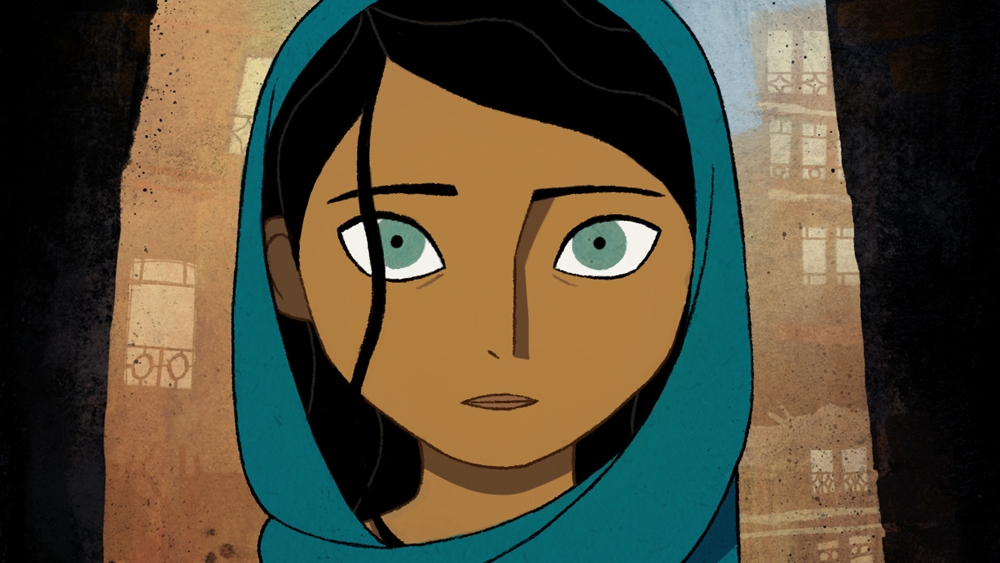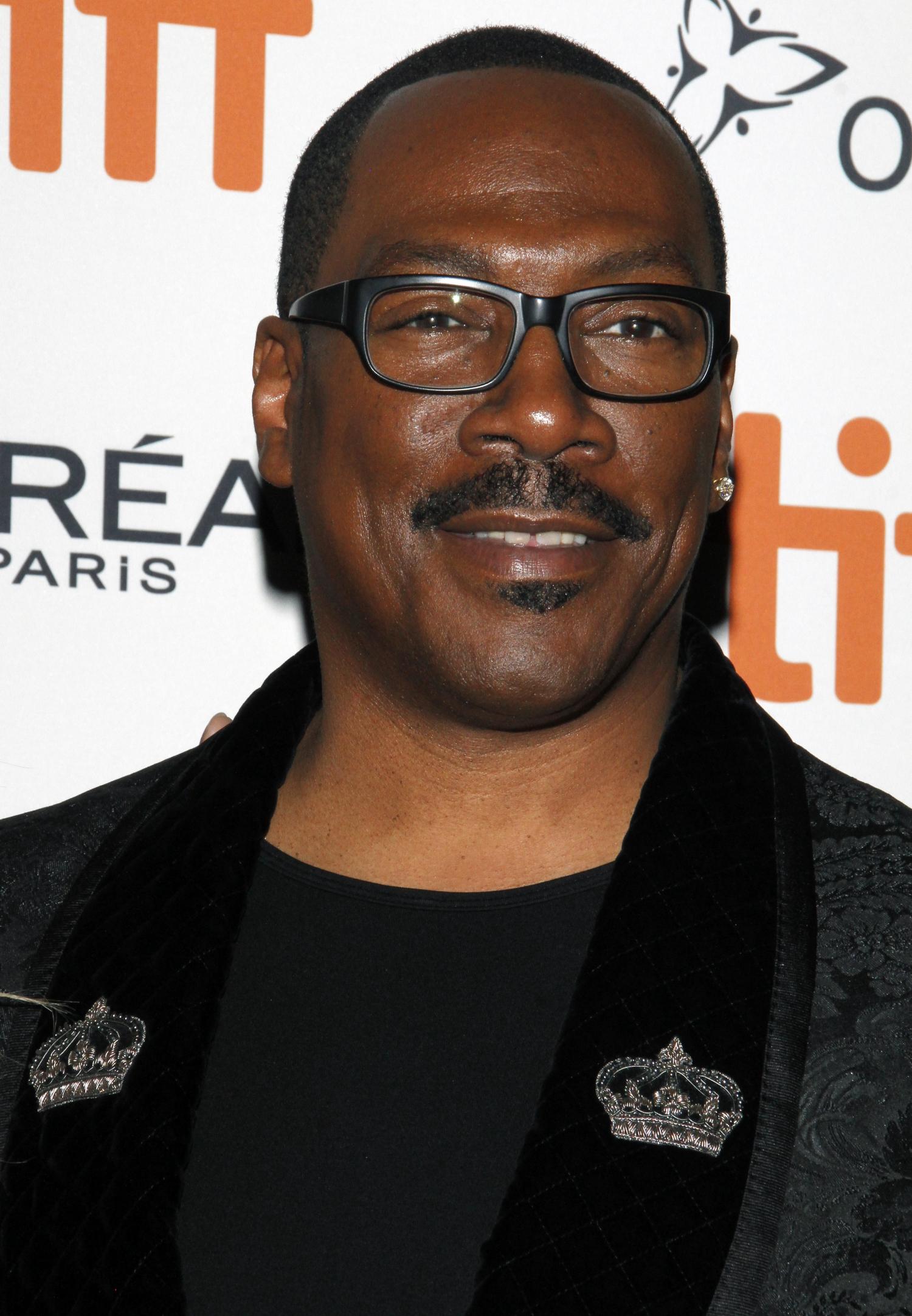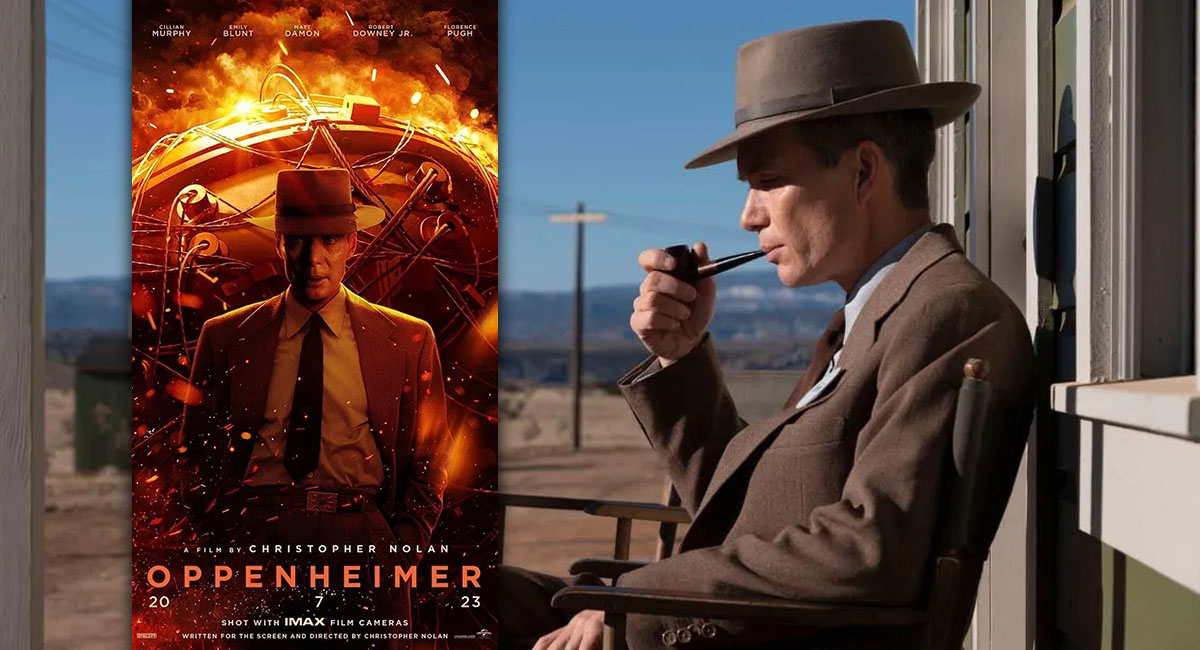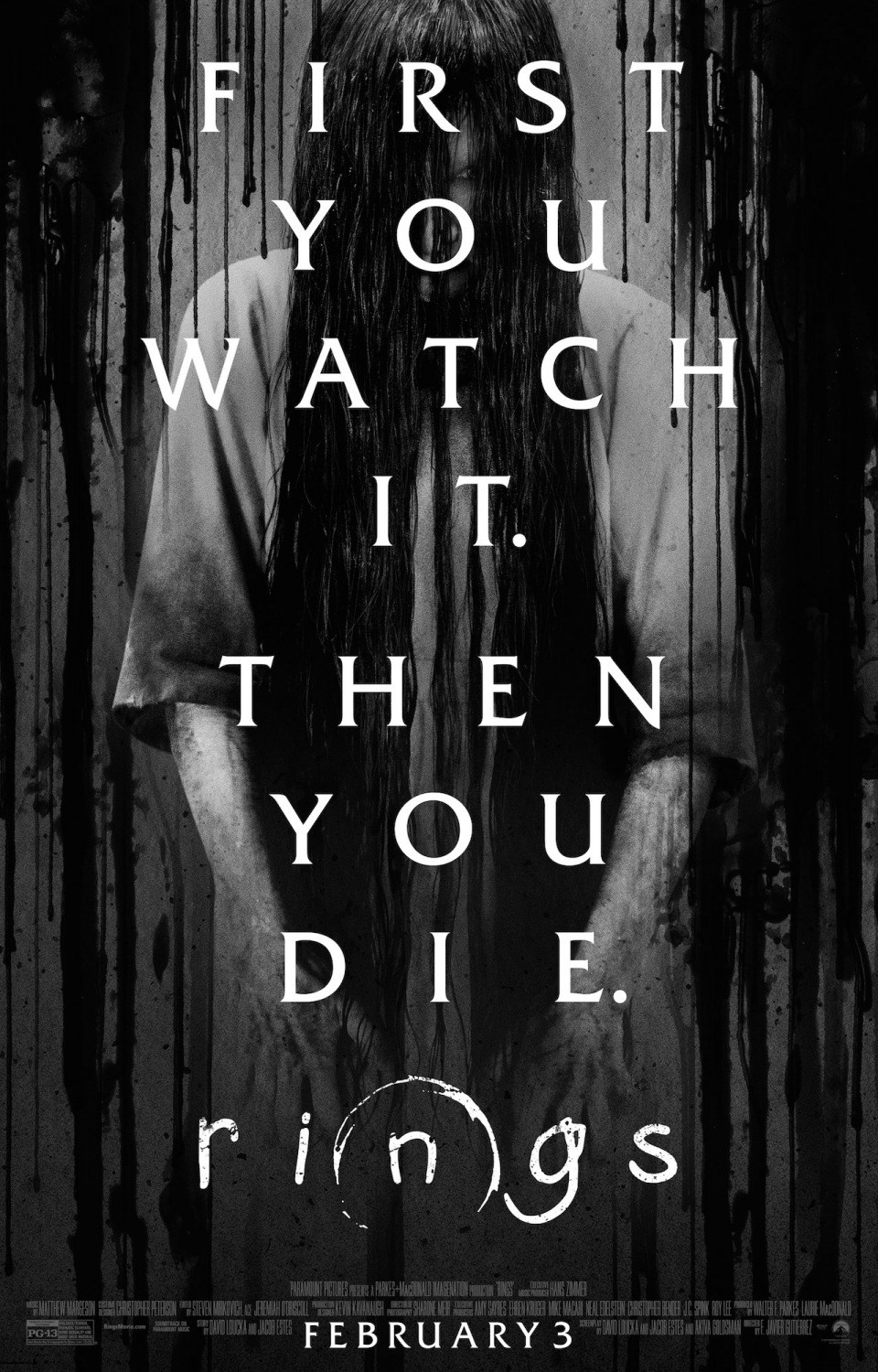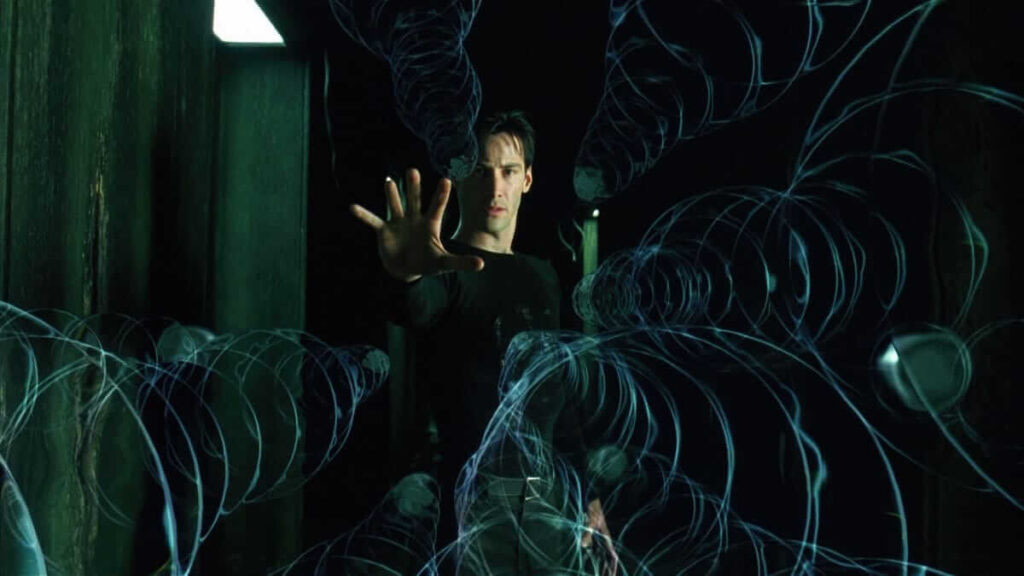
The Evolution of Visual Effects: How VFX and AI Are Shaping Audio-Visual Experiences
The transformative impact of visual effects (VFX) and artificial intelligence (AI) has created new possibilities in the entertainment world and beyond. VFX, once reliant on practical effects, has evolved into a sophisticated industry powered by computer-generated imagery (CGI). AI’s role in this field is revolutionizing it further by automating tasks such as motion capture, realistic animations, and texture generation.
The Birth of Visual Effects (VFX)
VFX has roots in the early days of cinema, where filmmakers used practical effects to create illusions. From George Méliès’ groundbreaking work in the early 1900s to the stop-motion techniques that brought movies like King Kong (1933) to life, the development of VFX was an art form that involved manual labor, ingenuity, and time-consuming processes.
In those early years, filmmakers relied on practical sets, miniatures, and physical manipulations to trick the audience into seeing things that weren’t real.
In the early 20th century, movies such as The Thief of Bagdad (1924) and Metropolis (1927) pushed the boundaries of visual effects. These films employed sophisticated techniques like matte paintings, miniatures, and double exposure to create grand, fantastical scenes. Filmmakers in the golden age of Hollywood honed these skills, blending them with creativity to enhance storytelling.
The CGI Revolution in Blockbuster Films
The introduction of computer-generated imagery (CGI) marked a turning point in the history of VFX. It replaced the labor-intensive methods of practical effects, offering flexibility and possibilities never before imagined.
Blockbuster films such as Jurassic Park (1993) and The Matrix (1999) showcased how CGI could blend seamlessly with live-action footage, creating a new realm of immersive cinematic experiences. These films set the benchmark for what VFX could achieve in cinema.
In films like Avatar (2009), CGI brought to life entirely digital environments, allowing for the creation of expansive worlds that pushed the limits of imagination. Through motion capture technology, actors’ performances were captured and translated into digital characters, a feat that was revolutionary for its time.
AI’s Role in Visual Effects
The role of AI in VFX is transformative. Artificial intelligence is automating tasks such as texture generation, motion capture, and realistic animations, allowing for more intricate and realistic visual effects in less time. AI-driven VFX techniques allow creators to streamline production, focusing more on the creative aspects rather than the technical limitations.
AI’s ability to generate lifelike animations reduces the need for manual intervention. AI-driven systems now analyze human movement and replicate it in digital avatars with unprecedented accuracy. This automation is changing the game for film studios by cutting down production time while ensuring more realistic outcomes.
The Impact of VFX and AI on Gaming
The influence of VFX and AI extends beyond film into the world of video games. Gaming environments have become increasingly immersive due to real-time visual effects and AI-driven character interactions. Games like The Witcher 3 and Cyberpunk 2077 demonstrate how dynamic, lifelike environments can be achieved with VFX powered by AI algorithms.
Real-time rendering in video games has significantly improved thanks to AI advancements. Gamers are treated to more responsive environments, where textures, shadows, and lighting adjust instantly as they explore vast digital worlds.
The Integration of VFX and AI in Online Platforms
On several online casino platforms, the integration of VFX and AI enables realistic simulations, making each session feel unique and tailored to individual preferences. This fusion allows users to experience casino games with enhanced realism, where visual effects emulate physical gaming environments, creating an engaging and dynamic experience.
Beyond the entertainment industry, digital platforms like online learning environments, marketing campaigns, and social media use VFX to create interactive content. AI optimizes these effects, ensuring personalized user experiences that cater to individual preferences, much like the simulations seen in online casinos.
VFX in Everyday Technology
Today, VFX extends far beyond film and gaming. Everyday platforms such as augmented reality (AR) apps, social media filters, and digital advertising campaigns utilize VFX and AI for engaging user experiences. From Snapchat filters that track facial movements to AR shopping apps that let users “try on” products, VFX now plays a major role in consumer engagement.
Augmented reality and AI-driven visual effects have revolutionized retail by allowing consumers to visualize products in real-time. This technology, seen in apps from companies like IKEA, enables users to place virtual furniture in their home spaces, offering a new level of interactivity.
The Future of VFX and AI
As AI continues to evolve, so will the capabilities of VFX. Emerging technologies, such as deep learning and neural networks, will allow for even more sophisticated visual effects that blur the line between reality and fantasy. Studios are beginning to experiment with AI-generated characters and environments, moving towards a future where entire films or games could be created with minimal human input.
In the future, AI may be able to generate entire characters, sets, and animations from scratch. This would not only speed up the production process but also open up new creative possibilities for filmmakers and game designers who can push the boundaries of visual storytelling.
VFX and AI’s Impact on the Global Economy
The rise of VFX and AI has spurred growth in various industries. The global market for VFX is expected to reach $48.3 billion by 2030, fueled by increasing demand in films, gaming, and digital content. AI’s role in automating complex visual processes is likely to reduce costs while boosting efficiency, making VFX production more accessible.
While AI automates certain processes, it also creates new job opportunities. Roles such as AI engineers, VFX artists, and motion capture specialists are in demand as the industry expands. The fusion of these technologies opens up a plethora of career paths for aspiring creatives and tech professionals.
Ethical Considerations in AI-Driven VFX
As AI continues to impact the visual effects industry, ethical questions arise regarding its use. From deepfake technology to AI-generated actors, there are concerns about consent, intellectual property, and the authenticity of digital creations. Industry leaders are now debating how to regulate the use of AI in visual media.
One major concern is the use of AI to create deepfake videos, which can manipulate the likeness of individuals without their consent. As AI technology advances, the line between authentic and digitally created content blurs, raising important questions about media integrity.
The Continued Evolution of VFX and AI
The partnership between VFX and AI is driving a new era of immersive experiences, transforming how we interact with films, games, and digital platforms. As these technologies evolve, they will continue to push the boundaries of what’s possible, offering endless possibilities for creative expression and technological innovation.
The future promises even more seamless integration of these two fields, enhancing both entertainment and everyday digital experiences alike.

